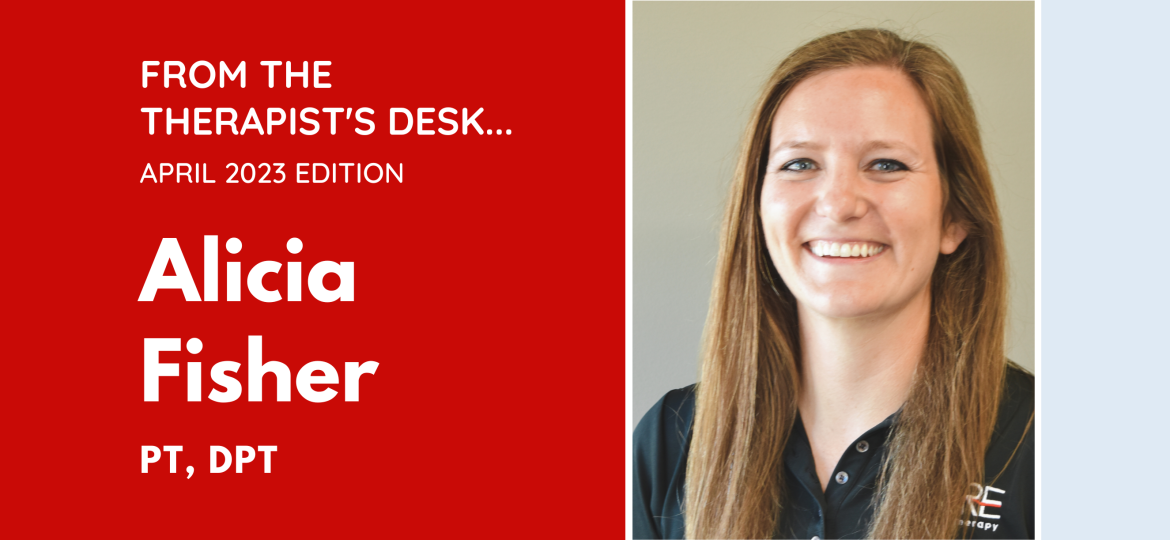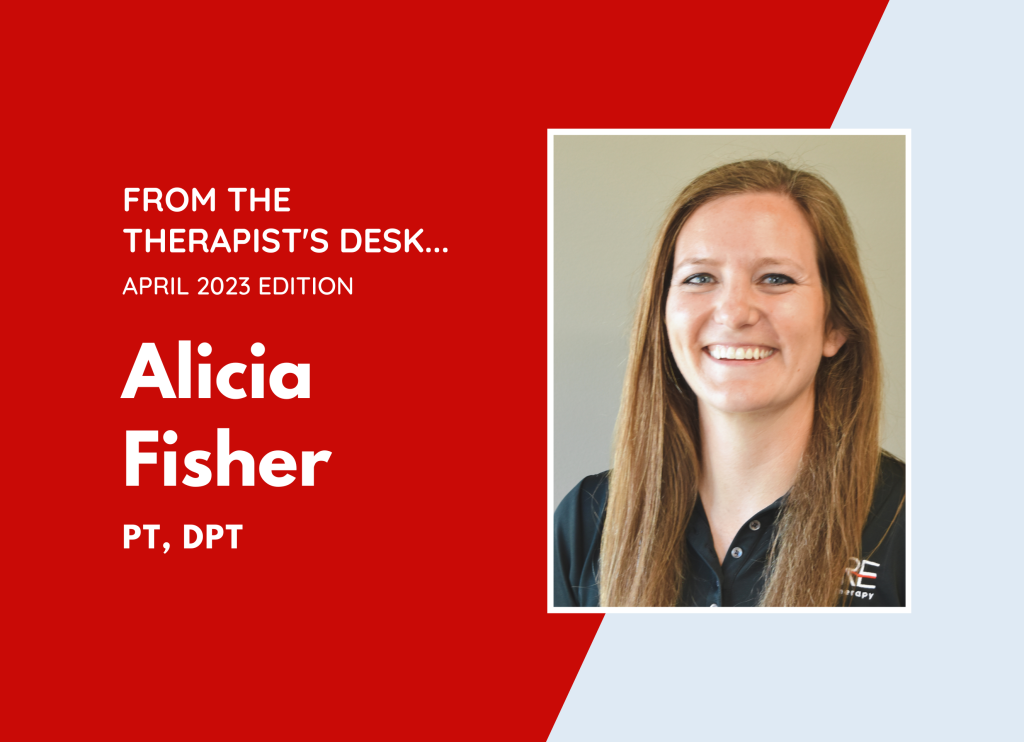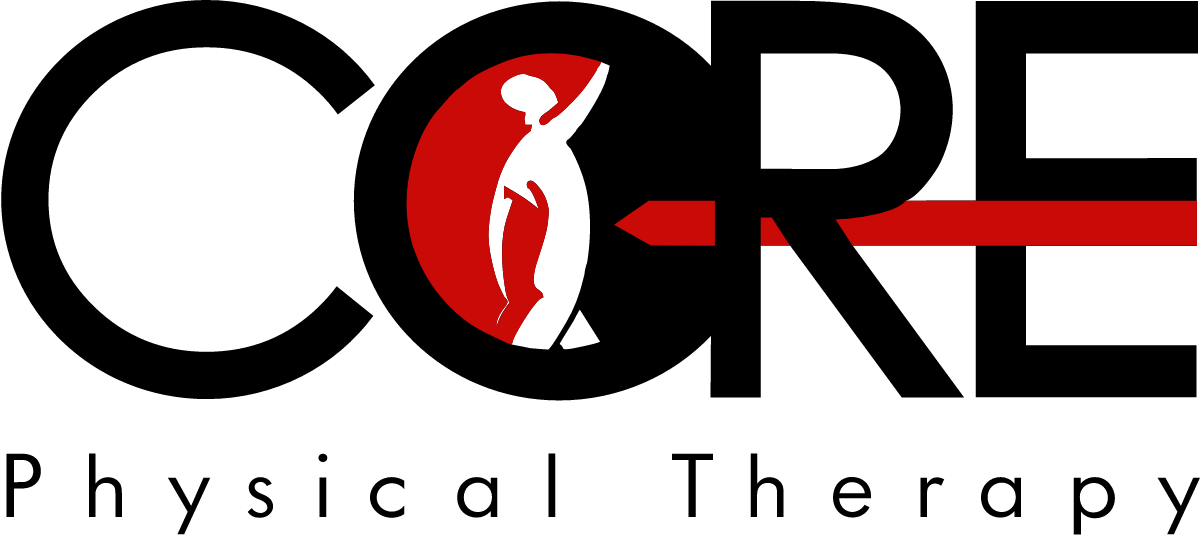

Each month we’ll bring you a note from one of our therapists. It might be something they’re reading, learning or just something they want to share.
This month’s note is from Alicia Fisher, PT, DPT:
Over the past few years, postpartum care has been something that has been an interest of mine and has helped me dive deeper into the CORE and what it means to have a strong CORE. Learning more about this system has also tied well with my last topic: the importance of breath.
So, what is your CORE and why is it so important? Visualize the CORE as an abdominal canister, your diaphragm is on the top, the pelvic floor is the bottom and the surrounding walls are made up of the transverse abdominis (TA), internal obliques and multifidus. This system provides central stability for the spine and pelvis and creates a base for every movement that you do. Without this stability, the structures above and below are more prone to chances of pain and dysfunction.
To have a strong CORE these muscles have to work together to provide support as well as to help regulate pressure. How we manage this pressure will determine the strain that is placed on our abdominal walls as well. The weakest point in this canister is where pressure can ‘leak out’ and create dysfunction. This is why poor pressure management can lead to certain issues such as prolapse, hernias, and diastasis along with back or hip pain.
Now how does this connect with breathing? The top (diaphragm) and bottom (pelvic floor) of the canister move together when you breathe. During a breath in (inhale) the diaphragm moves down and the ribs expand out, the pelvic floor follows this and moves down as well. This is the driver for your sympathetic driver—fight or flight system. During a breath out (exhale) the diaphragm moves up and the ribs come in. The pelvic floor goes up to a resting position and when the pelvic floor activates the TA activates simultaneously. This phase is your parasympathetic driver—rest and digest.
So, when you breathe in and out you can use this process to help enhance TA and pelvic floor activation. A forced exhale will help recruit the TA and pelvic floor muscles to fire, thus working all aspects of the abdominal canister.
For our core to be strong, the muscles must activate and you must manage pressure correctly.
